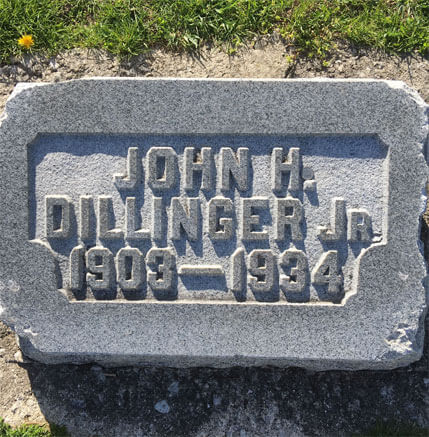John Dillinger
America’s first “Public Enemy No. 1,” John Dillinger is, of course, a legendary criminal. His deadly bank robberies and grisly getaways from the police made him one of the most feared gangsters of the 20th century.
Born in Indianapolis on June 22, 1903, Dillinger quickly grew up into a wrongdoer, committing small-time pranks and petty theft with his neighborhood gang, the Dirty Dozen. He dropped out of school when he was 16 and made an honest living for a little while at a machine shop. At age 19, he let loose and stole and car in Mooresville, slipping through the cops’ fingers and avoiding prosecution by enlisting in the Navy. He served on the U.S.S. Utah, which was sunk during the siege of Pearl Harbor. Due to his problems with discipline, Dillinger deserted and returned to Indiana after being dishonorably discharged.
In 1924, Dillinger was arrested for the attempted robbery of Mooresville grocer, and he served much of the next decade in Indiana State Prison, where he learned the art of bank robbery from his fellow inmates. After being released on parole in 1933, he went on a bank robbing spree. His gang’s crimes — and the authorities’ efforts to stop them — contributed to the untimely deaths of 26 people, the wounding of 19, prison convictions for 23 of his cronies, the robbery of at least $359,332 and over one million federal, state and local tax dollars spent pursuing justice.
Dillinger died at the hands of the F.B.I. outside the Biograph Theater on July 22, 1934. His celebrity caused quite a spectacle, with many passersby dipping handkerchiefs and scraps of newspaper in his blood. Thousands of people shambled past his body before it was placed in a hearse and given a police escort to the Indiana border for his trip back to Mooresville, Indiana. Dillinger’s sister, Audrey, identified him at Harvey Funeral Home. A couple of days later, on July 25, 1934, Dillinger was buried at Crown Hill Cemetery.



